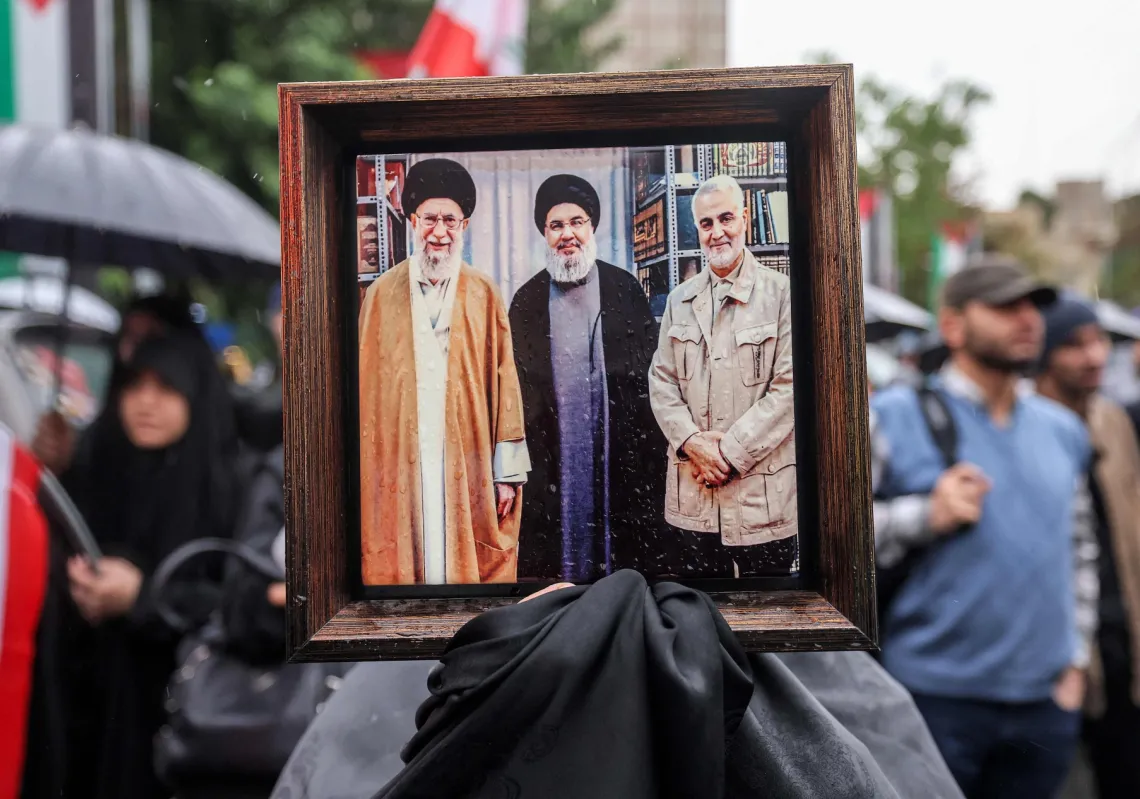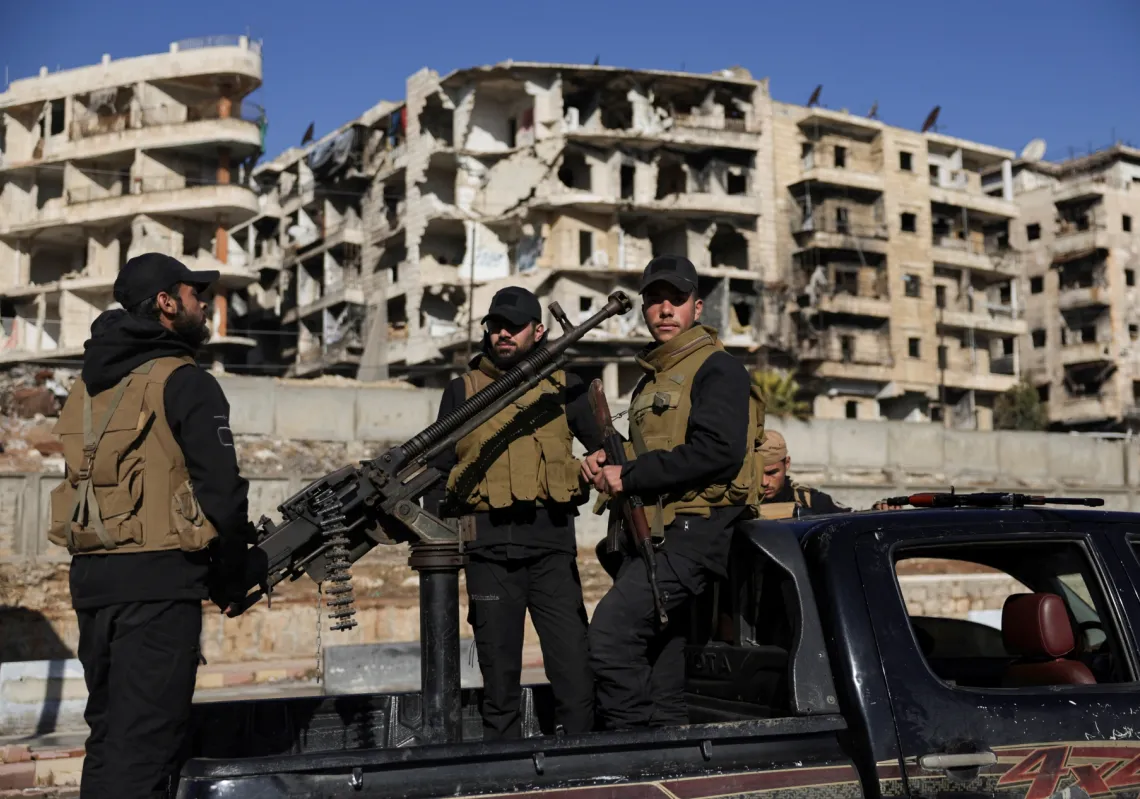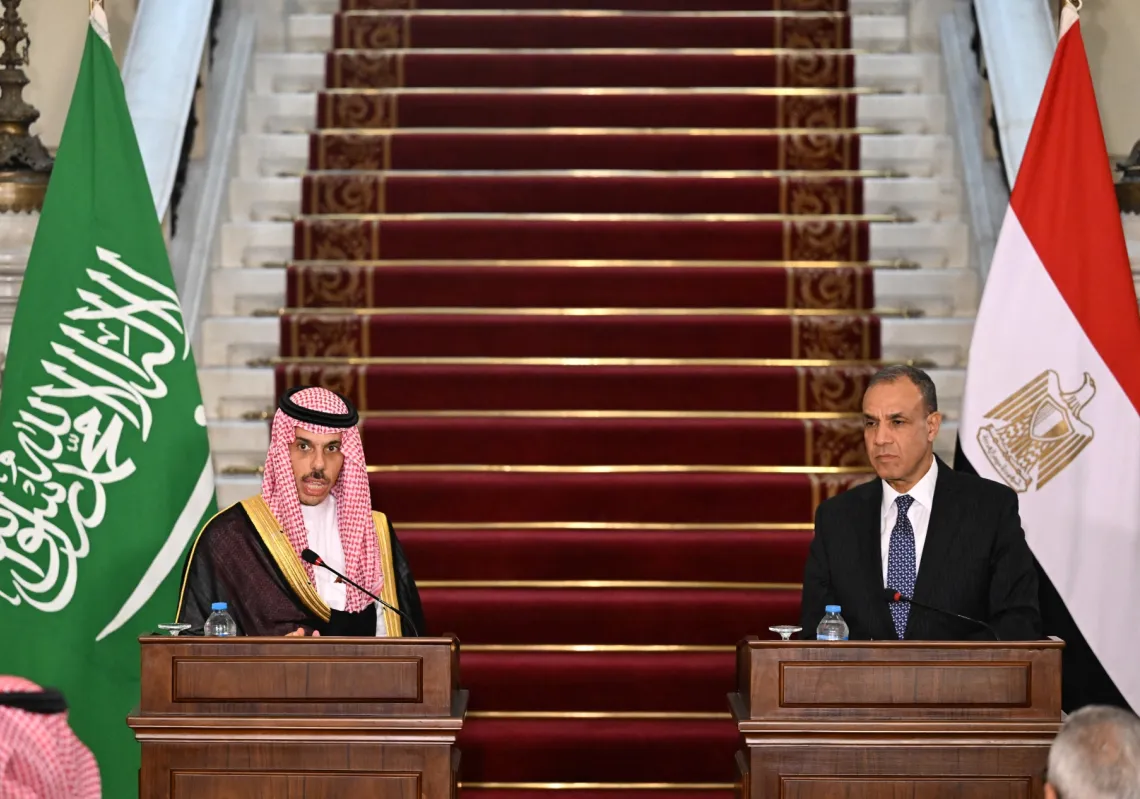Old houses with a unique architecture adorn the historical area of Cairo and its ancient streets, bearing tales of people who inhabited them since ages ago and features of the cultural and civilizational heritage of previous eras. However, the factors of time and negligence inflicted severe damage on some of them and left these houses in need of integrated rescue operations to return to their previous glory and play a societal role in their surrounding community.
Among the houses of Old Cairo, Beit Yakan is located on Souk El-Silah Street in the Al-Darb Al-Ahmar area. It has now become one of the most beautiful houses in the area after being renovated with a comprehensive restoration process.
Yakan came from the word “Yajn” of Turkish origin, and it means “the sister’s son,” as the house was owned by the nephew of Muhammad Ali Pasha, who gave his sister’s sons several homes in this area, so that it was known at that time by the name of Al-Yakiniah.
As time went by, the area's features changed, and some of these houses were destroyed, but Yakan house remained. The house's ownership was transferred from one owner to another until recent years. However, the factors of time and neglect affected it to a large extent, deteriorating the condition of the building, which needed an initiative to revive it so that it could return to its former glory.
This was actually achieved by its last owner, who not only restored it, but also turned it into a cultural center in the heart of Old Cairo.

NEW ERA
The initiative to revive Beit Yakan was taken on by Dr. Alaa El-Habashi, Head of the Architecture Department at Menoufia University and a consultant for the restoration and maintenance of ancient buildings, who restored several buildings in Al-Darb Al-Ahmar area in which Beit Yakan is located. The most prominent of these was the Razzaz House development project.
El-Habashi was honored by the Head of the National Organization for Urban Coordination on World Heritage Day for his efforts in developing the Beit Yakan and Souq El Silah areas.
After being graduated from Alexandria University, El-Habashi got a PhD in Heritage Preservation, and has worked on various projects to restore antiquities in Old Cairo, specifically in the Darb al-Ahmar area where Yakan house is located.
"During my work at El Razzaz house, Yakan house at the time was owned by a butcher, it caught my attention, until I knew that the owner of the house wanted to sell it, and that there was an intention from one of the contractors to buy it and demolish it to create a group of residential buildings in its place, so I along with my wife decided to buy the house," El-Habashi recalled.
For years, Alaa El Habashi and his wife Ola Said, both architects, dreamed of buying and restoring a house in Islamic Cairo to bring it back to life and convert it into a cultural hub. They achieved the first step of their monumental undertaking in 2009 when they purchased the dilapidated 17th century Yakan house.
Ever since, bit by bit, the two architects worked hard on restoring the once palatial home while at the same time rescuing architectural salvage from nearby historic houses that have been falling under the bulldozer over the years and incorporating them into various parts of the house and courtyard.
"My main motive for seeking to buy the house was that I felt protective of a house with the value of Yakan house, and my complete belief was that heritage is a living thing and not just solid stones," El-Habashi added to Majalla.
Yakan house is much more valuable than being a mere building as Cairo is full of houses similar to this style. Some of them have become registered as antiquities and are already exploited in various activities such as Al-Suhaimi House, Al-Harawi House and Zainab Khatoun House. Many of them need initiatives to revive them as part of the cultural heritage for the area, according to El-Habashi.
CHALLENGES
El-Habashi and his wife faced many challenges through their journey of the house's restoration after many years of negligence. "Our vision was to open this house to the community to play a developmental role for people in the surrounding environment and others. That is the role that these houses played in the past," El-Habashi explained.
“We faced difficulties while starting the restoration process because people did not understand what we were doing and what we aimed to reach, especially since such areas constitute a closed society whose members know each other well, and therefore any new person needs to gain the trust of the people around him,” he elaborated.
Over time, El-Habashi and his wife succeeded in becoming part of the place, and people realized the importance of what they are doing, from transforming a neglected place into one of the ancient houses in Cairo, after it regained its glory, and then the people of the area called the house "The Palace."
A unique architectural style has distinguished the houses of old Cairo, not only as an aesthetic form, but as a functional nature of these houses. "Architecture is not just stone, but a philosophy of the nature and form of life in a particular society,” explained El-Habashi.

"This style of old houses with wide courtyards has always been closely related to the surrounding community. The concept of these houses was based on the fact that the house for its owners and the courtyard is for the community, where gatherings and meetings are held, and it was similar to the concept of the club in our modern age," El-Habashi said to Majalla.
"This is the concept that we wanted to revive and have worked on while restoring the house, so the courtyard is prepared in a way to receive the general public and the people of the region in particular to attend various cultural and development activities," El-Habashi explained.
El-Habashi and his wife were keen in choosing the events held in Beit Yakan to reflect the character of the place and its history, and the traditional crafts that distinguished it over time, and to work on reviving them as well, through workshops and exhibitions.
"We hold events concerned with traditional crafts, such as tents, carpentry and many others, and we are always keen to have the artists of Al-Darb Al-Ahmar participate in various events and showcase their works and productions. We are also organizing many workshops for adults and children alike.”
A few months ago, the Beit Yakan family reached a new milestone as they inaugurated the freshly restored hall that has been converted into the "Alaa El Habashi Rare Books Library" with the support of the Barakat Trust. The library contains around 20,000 books.
El-Habashi and his wife hope that the experience of Beit Yakan will motivate and inspire others to do the same with other houses.
Old Cairo is replete with this type of building, and they can be exploited in a way that reflects and opens up to society positively, in addition to preserving their historical value, and turning them into a magnet for cultural tourism in the region, according to El-Habashi.
"I hope that there is a specialization that takes care of the architect’s dealing with historical buildings, as the restoration of these ancient buildings is completely different from any ordinary building,"
"Architects must be qualified for this, whether in terms of technical aspects, or in terms of their awareness of the value of the place, its historical and heritage dimensions, and its importance to society as a whole," El-Habashi added to Majalla.












